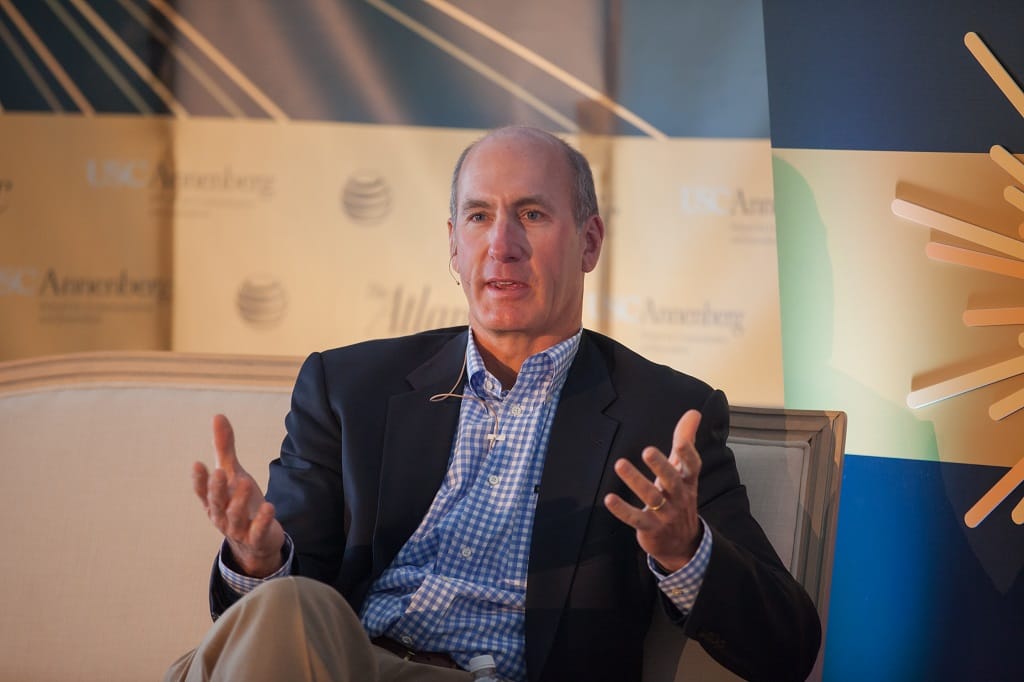AT&T Labelling Over 1B Robocalls, NTIA Updates Broadband Guide, Fiber Assoc. Says Current Speeds Inadequate
AT&T is now labelling over 1 billion spam calls, NTIA updated broadband guide, FBA says speeds inadequate.

AT&T is now labelling over 1 billion spam calls, NTIA updated broadband guide, FBA says speeds inadequate.

June 23, 2021—AT&T said it is now labelling more than one billion robocalls a month, it said in a Tuesday press release, as the deadline to comply with protocols to combat spam and scam calls nears.
“Our ultimate goal is to be able to report fewer blocked calls, as an indication that fewer illegal calls are being sent,” said Jenifer Robertson, AT&T Consumer’s chief customer officer. “We’ll continue to work with law enforcement and the Industry Traceback Group to trace illegal calls back to the source.”
Called STIR/SHAKEN, the fraud prevention rules require providers to stop said suspected calls from getting through to subscribers, who could be susceptible to scams. The deadline for larger carriers to comply with the rules is June 30, while smaller providers have until next June to get secure.
The National Telecommunications and Information Association (NTIA) released final rules for connecting its Communication Minority Communities Program, which will provide up to $268 million in grants to eligible historically black and tribal colleges or universities and other minority institutions.
Funding may be used to purchase broadband service or equipment, hire IT personnel for instruction and support, and lend or provide equipment to eligible students or patrons.
On June 23 and 24, the NTIA will conduct a series of webinars to inform the public about the program.
The Fiber Broadband Association (FBA) said a household of four today requires speeds of 131 Mbps download and 73 Mbps upload and that will jump to over two gigabits by 2030.
The research, published last week, said those speeds make the current minimum federal threshold of 25/3 “unusable.” FBA research found that 62% of most rural areas have the lowest-performing broadband at 4/1 Mbps, the lowest quantile.
As a solution, the fiber association recommends fiber infrastructure as the most effective for sustainable rural broadband infrastructure for today and beyond.
Supporters of fiber infrastructure have said that it is a reliable method of getting the fastest speeds today and in the future, as the technology can be scaled up to higher speeds.
But some have warned that federal lawmakers shouldn’t focus solely on wired infrastructure, and instead should look to various different technologies, not only to connect the remotest of areas, but to ensure network redundancy and reliability.

Kaptivate analysis finds some states’ references to rural America dropped 80 to 100 percent

Idaho, Massachusetts, Minnesota, North Carolina, and Utah had their final proposals approved.

The approval follows recent elections where two Democrats won seats on the commission. Those Democrats oppose the plan but don't take office until January.

Lawmakers are considering how best to reform the fund.
Member discussion